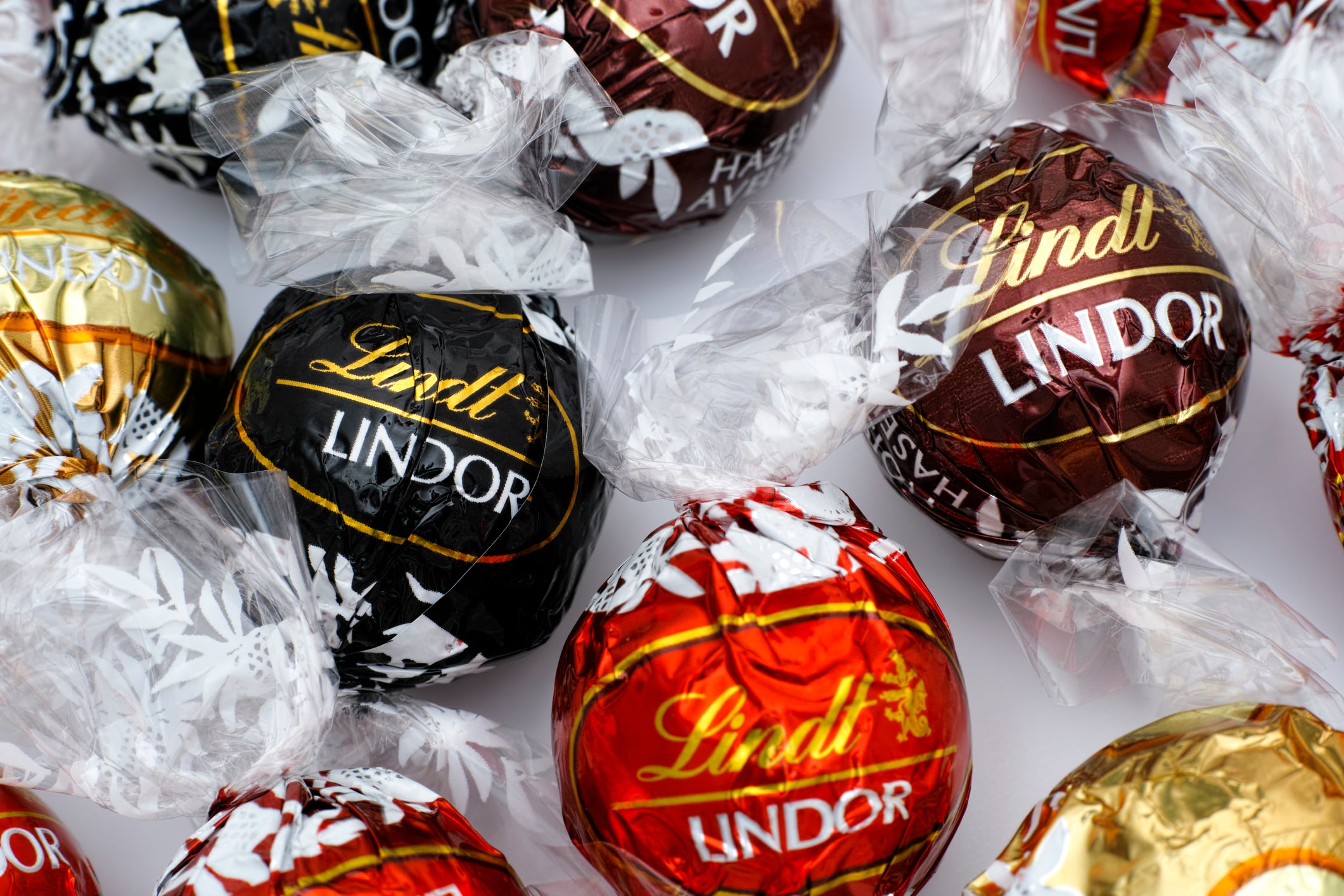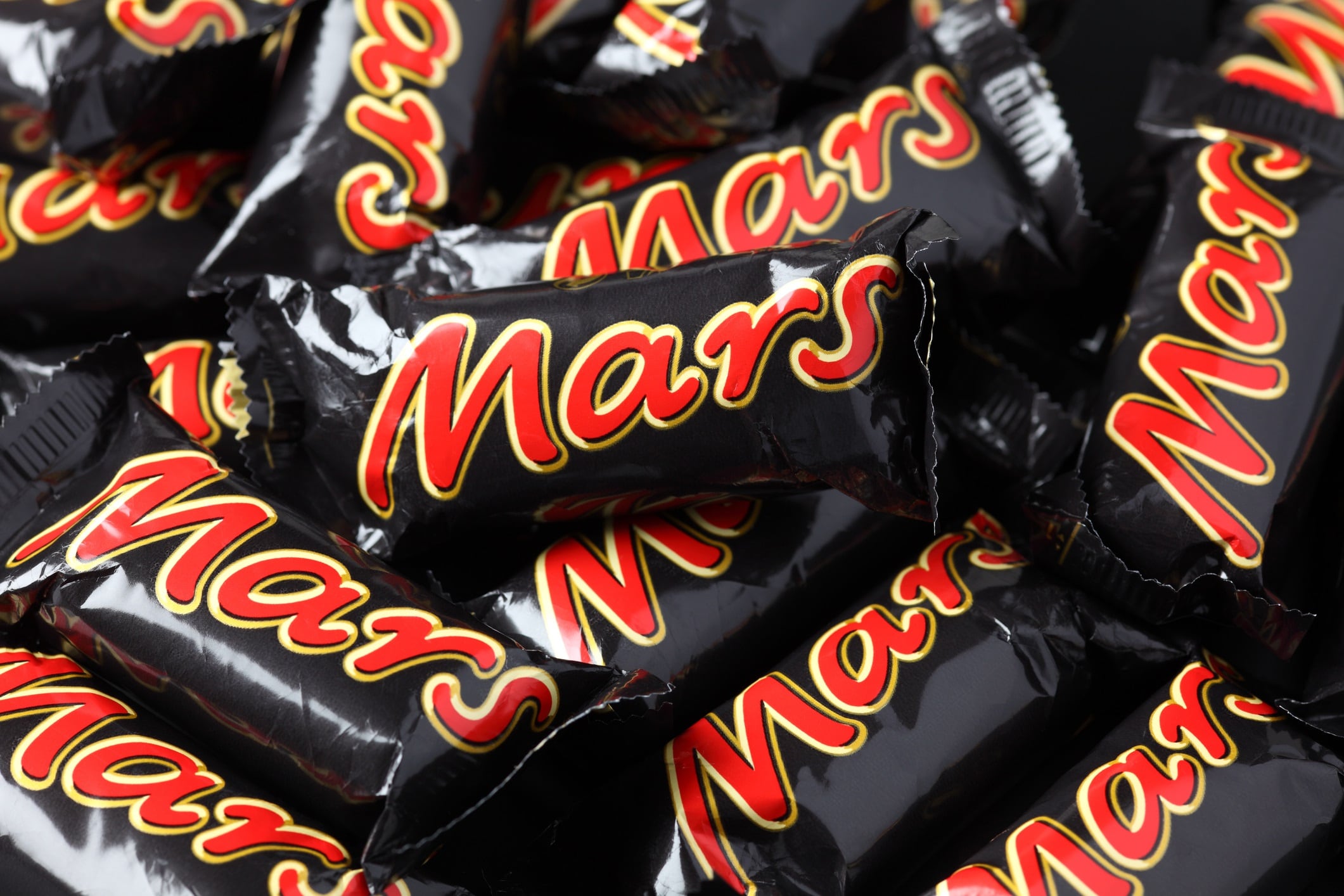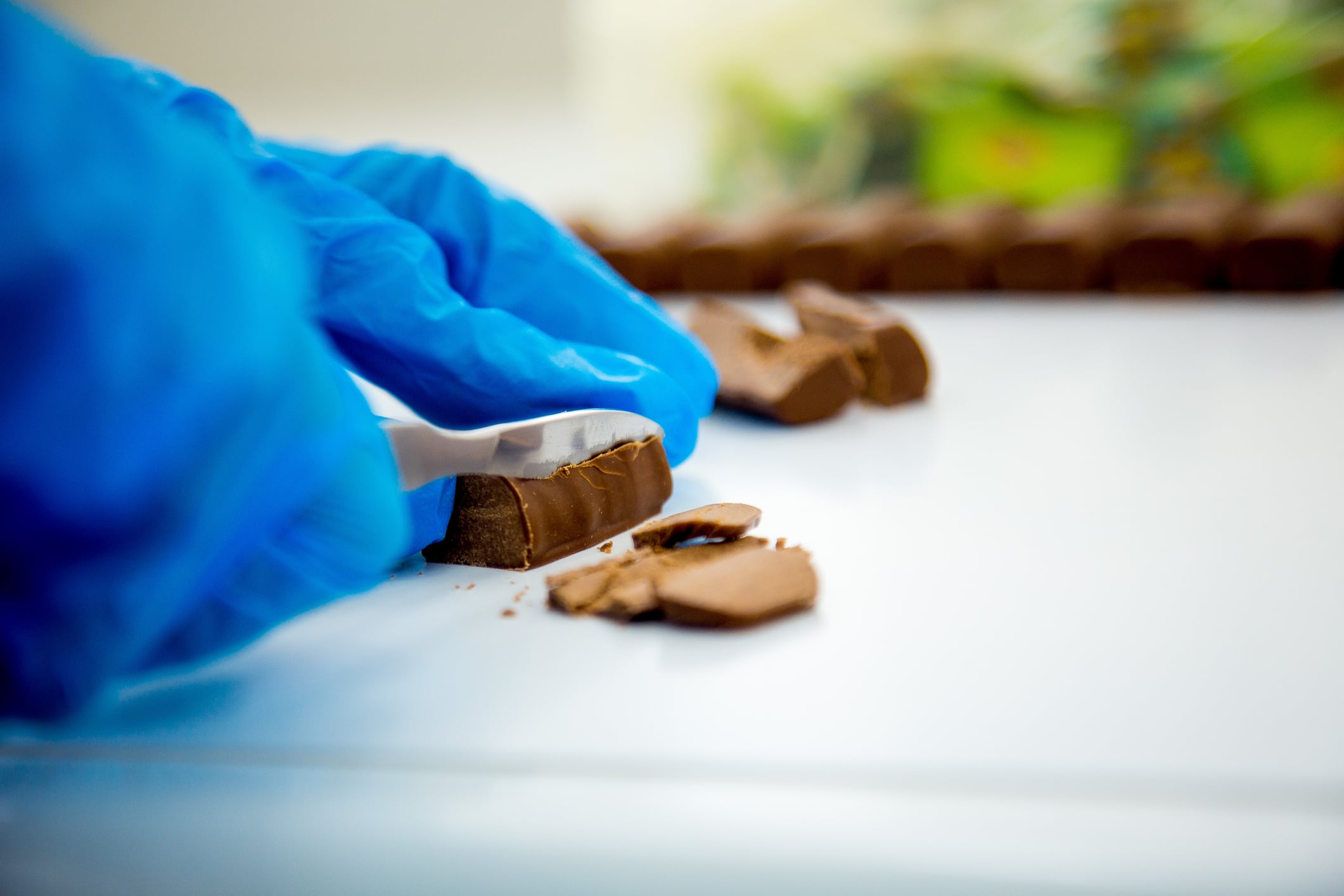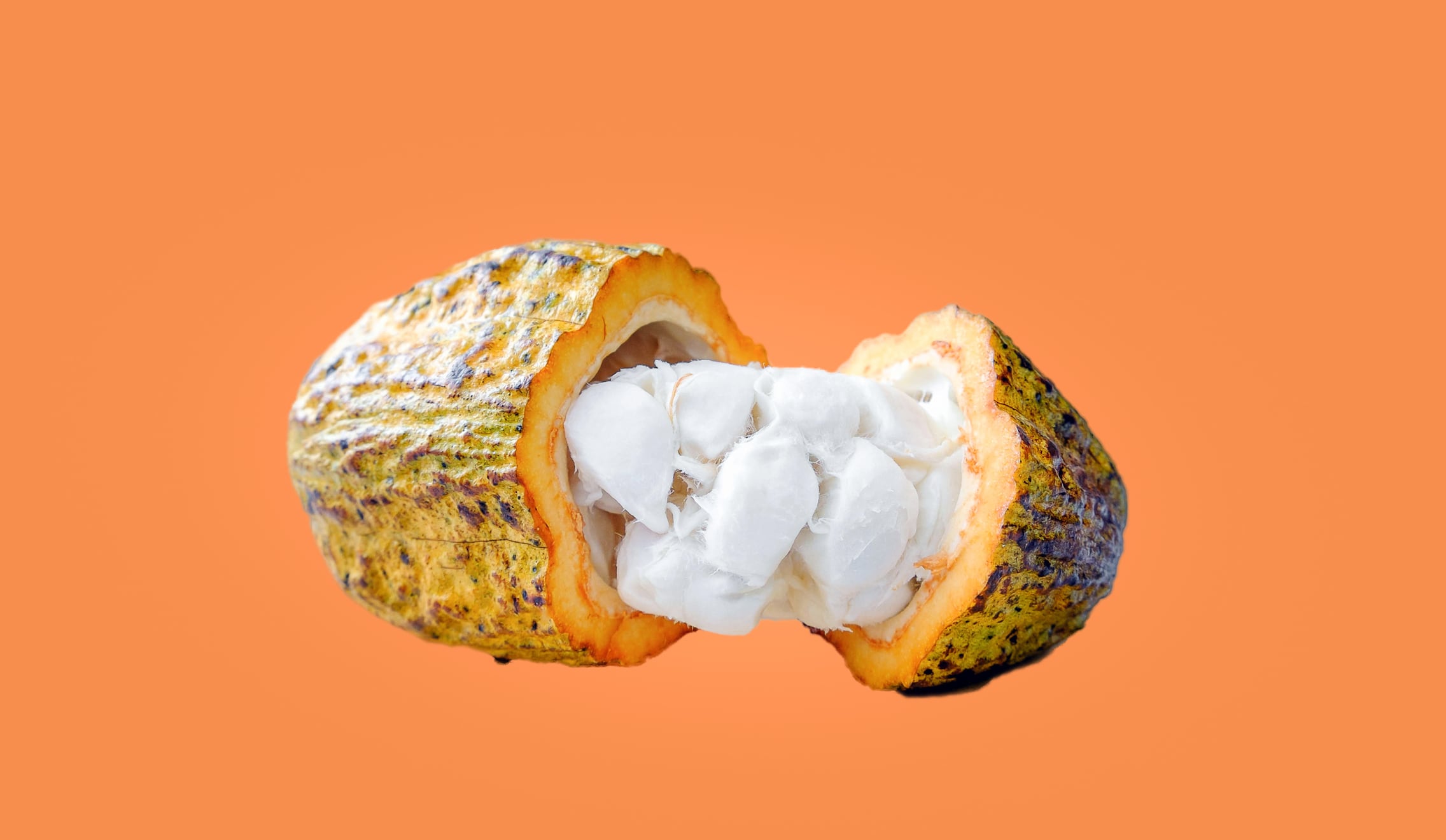How are chocolate giants responding to the global cocoa crisis? Summary
- Cocoa supply is under threat from climate change and viral disease
- Lindt & Sprüngli is exploring lab-grown cocoa via Food Brewer partnership
- Barry Callebaut partners with academia to expand cocoa ingredient options
- Mars uses CRISPR gene editing to develop resilient cocoa plant varieties
- Mondelēz backs Celleste Bio to produce lab-made cocoa butter sustainably
Cocoa supply has long faced threats, with rising temperatures and declining pollination rates jeopardising future availability.
But it wasn’t until swollen shoot virus swept through plantations in West Africa, from where 70% of the world’s cocoa is sourced, that industry felt the immediacy of the problem. For the last year and a half, chocolate makers have been hit by supply shortages and soaring prices.
The cocoa crisis has accelerated investment in ways to safeguard cocoa supply for the future. Although much work is happening on the ground through sustainable sourcing practices, big-name brands are also turning to cutting-edge science in the lab. Here’s how.
Lindt & Sprüngli advances cultivated cocoa research
In Switzerland, one of the biggest names in chocolate is leaning into lab-grown cocoa.
Earlier this year, Lindt & Sprüngli contributed to a seed extension round for Zurich-based cultivated start-up company Food Brewer.
The partnership opens doors for both parties. For Food Brewer, which sources its cocoa strains from Latin America, collaboration with a confectionery manufacturer means it can test its new ingredients in production lines. For Lindt & Sprüngli, having access to cultivated cocoa could help it futureproof supply for many years to come.
What is cultivated cocoa?
Cell-based cocoa is made from cacoa strains cultivated into a cell culture. The cells are then transferred into a bioreactor to grow, before being harvested and processed.
The process has been linkened to that of cultivated cultivated meat, but simpler. Cultivated cacao cells require less complex media, making the process cheaper and easier to scale.
The chocolate company is contributing to the research and development of cocoa mass derived from cocoa plant cell cultures. “The initiative aligns with our long-standing dedication to quality and sustainability,” says a Lindt & Sprüngli spokesperson.
The chocolate maker is still very much in the exploration phase with lab-grown cocoa. Regulatory agencies have yet to approve the product anywhere in the world.

Lindt & Sprüngli wants to evaluate consumer demand for locally produced, sustainable chocolate and how these needs could be met in the future. “This partnership offers an opportunity to assess whether this technology could complement existing raw material sourcing for chocolate production,” the spokesperson explains.
“If successful, plant cell cultures might allow for enhanced quality control, shorter transportation times, and less complex supply chains, potentially resulting in a fresher cocoa mass for processing with a significantly lower CO2 footprint and less water consumption.”
Barry Callebaut de-risks cocoa supply with next-gen tech
The world’s biggest chocolate supplier, Barry Callebaut, is metaphorically dipping its toe into cultivated cocoa. But the approach is different: the supplier is not investing in a start-up, but partnering with academia.
The recently announced collaboration sees Barry Callebaut work closely with the Zurich University of Applied Sciences (ZHAW), and in particular two professors: Tilo Hühn and Regine Eibl.
The partnership is not about replacing traditional cocoa, the company stressed, but instead is about “broadening the spectrum of cocoa-based ingredients” it sells. But by adding cell-based cocoa to its portfolio, Barry Callebaut would be undeniably de-risking its supply chain.
Technical advancement aside, the big question for Big Chocolate is whether customers – either manufacturers or shoppers – want cultivated cocoa. It’s not yet approved for market and limited research has been conducted to measure consumer appetite.
Barry Callebaut is optimistic its manufacturer customers, which include major confectionery CPGs, are open to next-gen cocoa, a spokesperson explained. “We believe many of our customers are increasingly open to innovative and sustainable solutions, especially those that align with evolving expectations.”
Mars to futureproof cocoa crops with gene editing
Mars, Inc. is bucking the trend. The maker of Snickers, M&M’s, and the iconic Mars bar, is looking at different lab techniques to futureproof its cocoa supply: CRISPR.
The acronym stands for Clustered Regularly Interspaced Short Palindromic Repeats, and is a gene editing tool that allows scientists to modify DNA sequences in living organisms.
Through a tie-up with biotechnology firm Pairwise, Mars hopes to develop more resilient cocoa. With access to Pairwise’s library of plant traits, the confectionery giant will be able to tailor its crops to be stronger and more sustainable in the face of disease, heat and other climate-related stresses.

Plant breeding practices have existed for centuries, but gene editing tools help build on that, explains a company spokesperson. “New gene editing techniques such as CRISPR offer exciting potential to accelerate progress in the area of agricultural and plant resilience.”
Mondelēz bets big on lab-grown cocoa
Like other big-name chocolate companies, Mondelēz International is also supporting innovation in the lab-grown cocoa scene.
The Cadbury and Milka maker has been helping to fund Israeli start-up Celleste Bio’s development journey, most recently by a contribution to its $4.5m seed funding round last year. The investment comes from Mondelēz’s venture capital arm, SnackFutures.
According to Celleste Bio’s CEO Michael Beressi Golomb, the start-up’s aim is to produce “all-natural, food-grade cocoa butter” that meets the needs of the chocolate industry – but is made in a lab rather than grown in a plantation.
The start-up uses proprietary AI models to select cells from optimal genetic varieties of cocoa and grows them in bioreactors to produce cocoa butter.
The collaboration with Mondelēz is a clear win for Celleste Bio, which believes it will be able to reach the market faster thanks to access to the confectionery major’s capabilities.
But Celleste Bio is not the only one to benefit – it’s a potential win-win. It’s hoped cell-cultivated cocoa could stabilise supply and pricing.
The cocoa crisis has forced Mondelēz to increase its prices, with CEO Dirk Van de Put predicting that globally, prices have risen by 30-50% in the chocolate category over the past two years.
Who isn’t betting on cell-cultivated cocoa - and why?
Cargill is among the leading cocoa and chocolate suppliers in the world. Like everyone working in this space, the commodity giant is only too aware of the threat facing cocoa, and is taking action.
“We are investing in a variety of technologies with the aim of improving supply chain robustness, reducing environmental footprint and keeping costs under control while ensuring indulgence for consumers,” says Anne Mertens-Hoyng, Chocolate Confectionery & Ice Cream Category senior director at Cargill.
Against this backdrop, Cargill is partnering with US start-up Voyage Foods – a company that’s developing a plant-based alternative to cocoa-based products. Raw materials leveraged by Voyage Foods to recreate chocolate (without cocoa) include sunflower kernels and grape seed paste.
That’s not to say Cargill isn’t interested in lab-grown alternatives. The company was an early investor in cultivated meat companies such as Memphis Meats and Aleph Farms.
In cocoa, Mertens-Hoyng says the company is “actively” exploring other technologies, covering the entire supply chain. But at this stage, Cargill is exploring cocoa-free chocolate as opposed to cell-based cocoa.

Nestlé is another major chocolate player yet to bet big on cell-based cocoa. Like Cargill, the Swiss multinational says it’s keeping a keen eye on developments in the space.
“We keep an eye on trends and potential innovation opportunities, such as the development of chocolate without cocoa,” says a Nestlé spokesperson. But cocoa is a “strategic” ingredient for the maker of KitKat, Aero and Smarties. “We have a wide-ranging portfolio of cocoa-based chocolate as well as other products that use cocoa as a key ingredient. In addition, we are committed to supporting cocoa farming families who rely on it for their livelihoods.”
Just last week, Nestlé revealed a novel, patented technique aimed at yielding higher quantities of chocolate from fewer fruits.
It’s safe to say that regardless of the approach, most, if not all, big names in chocolate recognise the serious risks to cocoa supply and are betting on strategies to secure its future. As to which bet will prove most effective, however, remains to be seen.
Want to learn more about next-gen food tech?
Join a global community of innovators, investors, and industry leaders as they explore what’s next in food tech at Future Food-Tech London 24-25 September 2025.
From cutting-edge start-ups to powerhouse FMCGs, hear firsthand how the future of food is being built - today.
The winner of the Global Food Tech Awards - EMEA heat will also be announced live on stage. Not one to miss!




